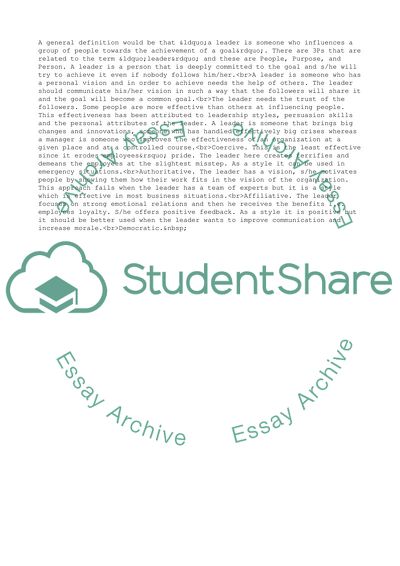Cite this document
(“Effective Leadership Styles for an Educational or Training Institution Essay”, n.d.)
Effective Leadership Styles for an Educational or Training Institution Essay. Retrieved from https://studentshare.org/management/1551093-management-issues-in-training-assignment-two
Effective Leadership Styles for an Educational or Training Institution Essay. Retrieved from https://studentshare.org/management/1551093-management-issues-in-training-assignment-two
(Effective Leadership Styles for an Educational or Training Institution Essay)
Effective Leadership Styles for an Educational or Training Institution Essay. https://studentshare.org/management/1551093-management-issues-in-training-assignment-two.
Effective Leadership Styles for an Educational or Training Institution Essay. https://studentshare.org/management/1551093-management-issues-in-training-assignment-two.
“Effective Leadership Styles for an Educational or Training Institution Essay”, n.d. https://studentshare.org/management/1551093-management-issues-in-training-assignment-two.


